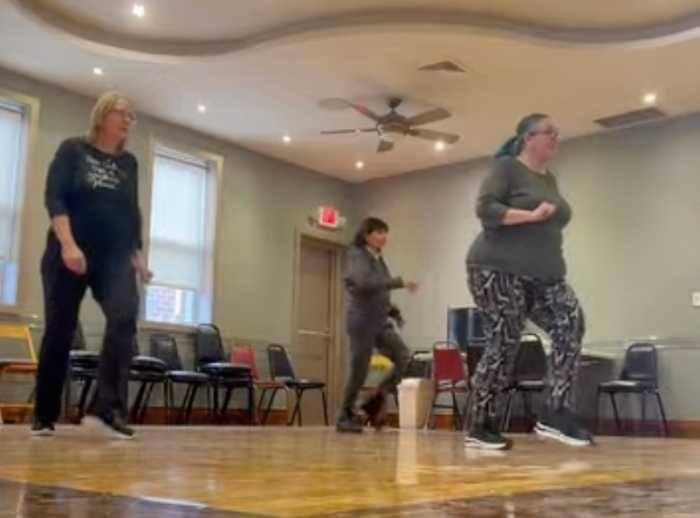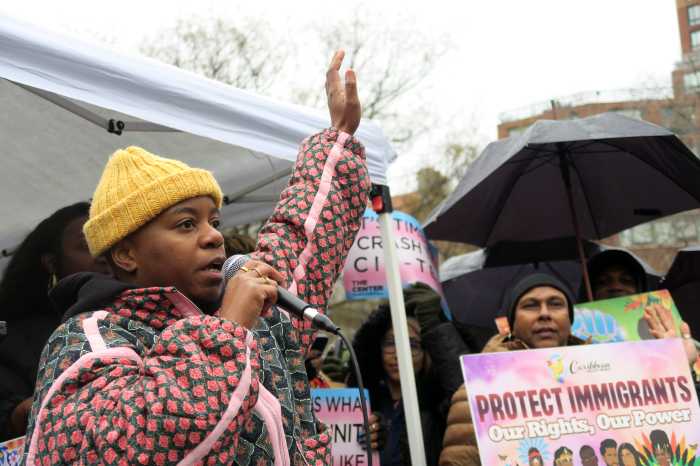New York Attorney General Letitia James’ Office of Special Investigations (OSI) released its report on Thursday on the death of Gary Dean Worthy, who was shot and killed in Jamaica during an encounter with NYPD officers on Nov. 19, 2024.
After a thorough investigation, which included review of footage from body-worn cameras and security cameras, interviews with involved officers and witnesses and comprehensive legal analysis, OSI concluded that a prosecutor would not be able to disprove beyond a reasonable doubt at trial that the officer’s actions were justified under New York law.
According to the investigation, shortly before 6:30 p.m. on Nov. 19, police from the 103rd Precinct in Jamaica responded to multiple 911 calls reporting an armed robbery at a smoke shop at 92-18 Guy R. Brewer Blvd. When NYPD Police Officer Rich Wong and his partner, Officer Nicholas Pryor, arrived near the scene at 160th Street and Jamaica Avenue, one of the 911 callers approached the officers’ cruiser, pointed towards Worthy and identified him as the alleged robber. Wong got out of the vehicle in an attempt to pursue Worthy on foot. The 47-year-old career criminal started to run down the sidewalk along Jamaica Avenue.

As they ran, Worthy turned and fired a gun, striking Wong in the leg. The bullet tore through his thigh and struck a bystander in the leg. Wong discharged his service weapon three times in response, striking Worthy twice, in his torso and face. Officers recovered a .357 Magnum Colt Python revolver that was found next to Worthy after he was shot.

EMS transported Worthy to Jamaica Hospital Medical Center, where he was later pronounced dead.

Wong and the bystander were treated for their injuries at Jamaica Hospital Medical Center, and Wong was released the following morning.

Under New York’s justification laws, a police officer may use deadly physical force when the officer reasonably believes it to be necessary to defend against the use of deadly physical force by another. In this case, as officers attempted to apprehend Worthy, he fired a gun, striking Wong and the bystander. Under these circumstances, given the law and the evidence, a prosecutor would not be able to disprove beyond a reasonable doubt at trial that the officer’s use of deadly physical force against Worthy was justified, and therefore, OSI determined that criminal charges would not be pursued in the matter.
In this case, officers did not render aid to Worthy during the five minutes he lay on the ground waiting for an ambulance to arrive on scene. While OSI acknowledges that medical attention outside of a hospital setting would not have saved Worthy’s life, OSI recommends that the NYPD and all police agencies emphasize in training that officers must aid any person injured by police use of force, even if the person who needs aid has injured a police officer.
Currently, NYPD’s training and policies require that when an officer uses force, officers must “obtain medical attention for any person injured as soon as reasonably possible,” and officers must “render reasonable aid to injured person(s) and/or request an ambulance or doctor to the location as necessary.”



































